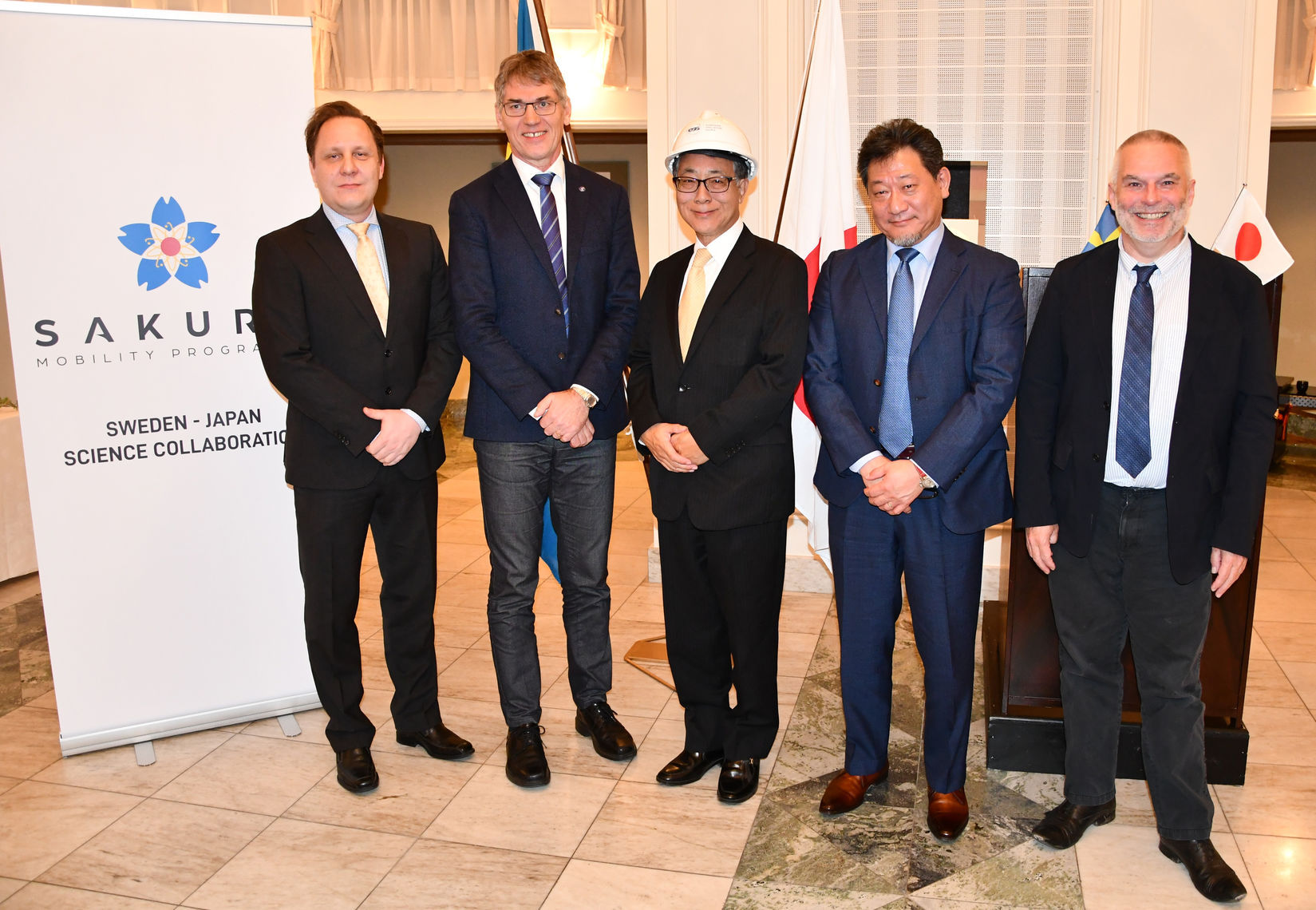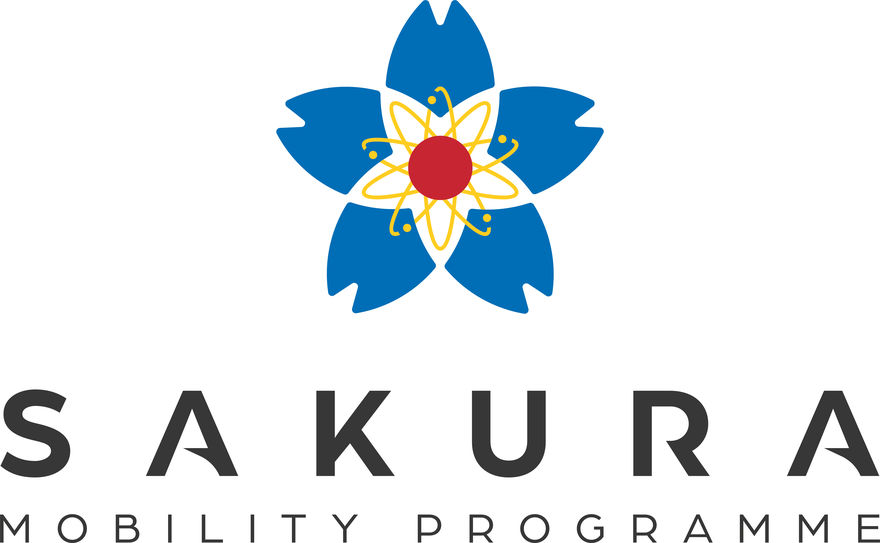
In an effort to reinforce scientific collaboration between Sweden and Japan, a new mobility programme, SAKURA , has now been inaugurated by ESS on behalf of the Swedish Research Council, Vetenskapsrådet (VR) , with the naming of the first SAKURA beneficiaries selected to conduct their research in 2020.
STOCKHOLM – Funded by new coordination function for research and innovation working outside the EU, IntSam, under the lead of the Swedish Research Council (Vetenskapsrådet, VR), the SAKURA Mobility Programme was launched on 04 November 2019 with the aim to build capacity using pulsed neutron scattering techniques and facilitate the exchange of know-how between ESS and the Japan Proton Accelerator Research Complex (J-PARC), a world-leading research facility based in Japan which has long served as a benchmark for the ESS project.
SAKURA supports knowledge-sharing and collaboration between research communities of the two countries, with a special focus on the expertise benefiting ESS and J-PARC. “Cooperation between J-PARC and ESS benefits both facilities greatly. In fact, test measurements being carried out at J-PARC right now are critical to the success of ESS. We are thankful to VR for providing us with a great opportunity to broaden this collaboration and grow knowledge in neutron scattering science and technologies in our Host Country Sweden,” said ESS Director General, John Womersley.
The inauguration ceremony brought together representatives of the Swedish research community, academia, funding agencies, and guests from Japan. It was held at the residence of Japan’s Ambassador to Stockholm, H.E. Shigeyuki Hiroki, who opened the event and received a special invitation in the form of an ESS-branded hard hat to visit ESS and see progress on the construction of one of Europe’s largest research infrastructure projects.
The first SAKURA beneficiaries have been selected
Before the celebrations kicked off, the SAKURA Evaluation Committee met at the KTH Royal Institute of Technology to select the best proposals from a pool of applications submitted in the first call. The Committee is composed of representatives of ESS, J-PARC and the Swedish Neutron Scattering Society (SNSS).
In 2020, the 15 nominated scientists, academics, and experts will travel to Japan and Sweden to conduct strategic research leading to long-term collaboration between ESS and J-PARC in key technical areas.
“As Sweden’s largest governmental research funding body, we are proud to support neutron science and technology developments of the highest quality. We see the collaboration between ESS and J-PARC within the framework of SAKURA as the assurance of excellent programme results,” said VR Director General, Sven Stafström.
The second SAKURA call will be launched in February 2020 to allow more experts to benefit from the programme. Staff working at the two neutron sources, as well as researchers affiliated with Swedish and Japanese universities, are eligible to receive funding. More information about the focus areas and requirements of the second call will be available early next year. The total budget of the SAKURA programme is 2.5 million Swedish Krona.
Towards stronger scientific ties
ESS and J-PARC have been collaborating from the early days of the ESS Design Phase. To further foster research and development of neutron science and technology, the two facilities signed a Memorandum of Collaboration in 2017. The SAKURA Mobility Programme is an important new piece of puzzle in the vivid and diverse collaboration scheme that has been developed thus far.
“J-PARC operates one of world’s newest spallation sources. We are delighted to share our experience and be a part of the journey during which ESS becomes the world’s most powerful spallation source,“ said J-PARC Director General, Naohito Saito.
If you have questions about SAKURA, please contact Adrameh Gaye, ESS Grants Administrator, by e-mail, adrameh.gaye@esss.se, or call +46 46 888 30 70.
The idea to launch SAKURA was born in connection to the 150th anniversary of diplomatic relations between Sweden and Japan, which the two countries celebrated last year. The European Spallation Source implements and administers the SAKURA Mobility Programme on behalf of VR.



























